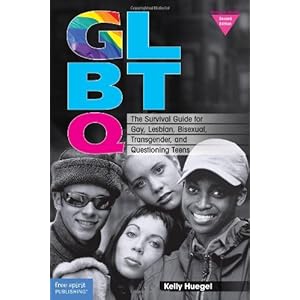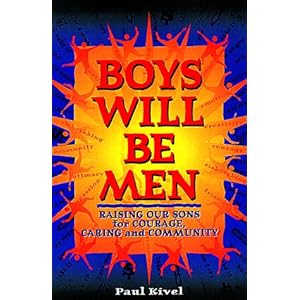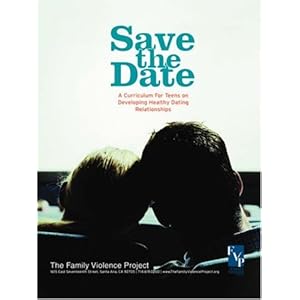 The BCSTH Library has these and many other resources on sexual orientation that may be borrowed from the BCSTH Library by members by emailing library@bcsth.ca
The BCSTH Library has these and many other resources on sexual orientation that may be borrowed from the BCSTH Library by members by emailing library@bcsth.caFor Helping Professions:
- Creating safe and supportive learning environments: A guide for working with lesbian, gay, bisexual, transgender, and questioning youth and families. Edited by Fisher and Komosa-Hawkins, 2013. [Book]
- Helping teens handle tough experiences : strategies to foster resilience. Jill Nelson and Sarah Kjos, 2008. [Chapter on Gay, lesbian, bisexual, transgender, or questioning teens]
- True selves : understanding transsexualism--for families, friends, coworkers, and helping professionals. Mildred L. Brown, Chloe Ann Rounsley, 2003. [Book]
- Two-spirit youth speak out! Urban Native Youth Association, 2004. [Online document]
- Gender Glossary. [Online document]
For Youth:
- GLBTQ : the survival guide for gay, lesbian, bisexual, transgender and questioning teens.
Kelly Huegel, 2011 [Book]
For Parents:
- What you need to know about sexual orientation and supporting children and youth who are gay, lesbian, bisexual, two spirit, queer and questioning. CHEO (Ontario). [Fact sheet]
- Sexualityandu. Society of Obstetricis and Gynecologists of Canada. Resources for health professionals, parents, teachers, and anyone. [Website]
Community Resources for Youth:
- Get that freak : homophobia and transphobia in high schools. Rebecca Haskell & Brian Burtch, 2010. [Book]
- Preventing youth suicide: a guide for practitioners. BC Ministry of Children & Families, 2012. [Report]
- Sexual orientation and HIV risk in Aboriginal youth. McCreary Centre. [Fact sheet]
- Promoting positive mental health among BC's youth. McCreary Centre. [Fact sheet]
- LGBTTTIQ and substance use. Canadian Centre on Substance abuse. [Fact sheet]
- Not yet equal: the health of lesbian, gay, bisexual youth in BC. McCreary Centre. [Online document]
- The national intimate partner and sexual violence survey (NISVS) : 2010 findings on victimization by sexual orientation. Mikel L. Walters, Jieru Chen, and Matthew J. Breiding, 2013.. [Report]
The BCSTH Library also has resources on the topics of sexuality and sexual role development, violence against GLBTQ youth and adults, and healthy teen relationships, but those are subjects for another blog post. You can search for all our resources the BCSTH Library catalogue.
To borrow library resources, read "First Time Borrowers" if you are one. Please visit the BCSTH Library to learn more about resources and information services developed especially for members of the BC Society of Transition Houses, and contact us for more information.
Vancouver, British Columbia, Canada
Vancouver, British Columbia, Canada



















